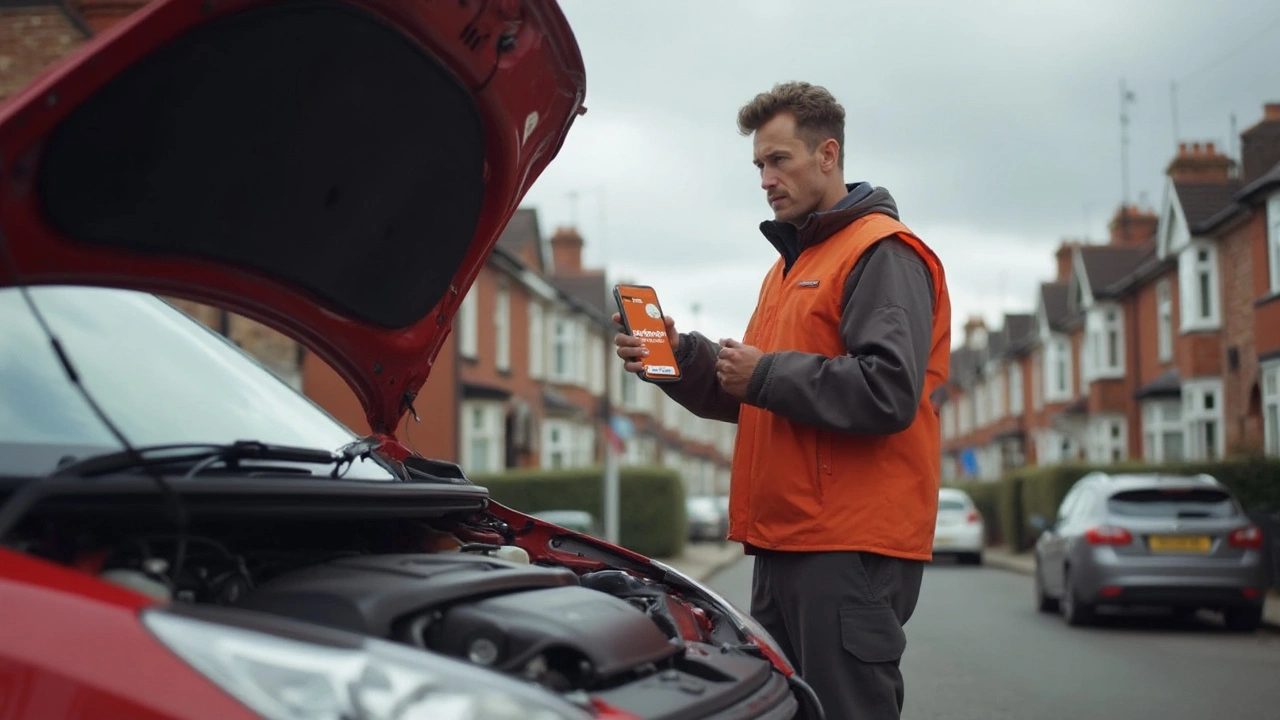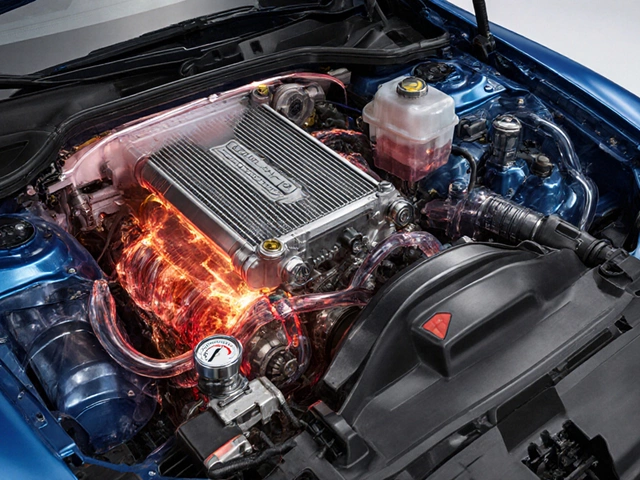Fuel Issues: Spot the Problem and Get Back on the Road
Ever wonder why your car sputters, stalls, or just won’t start? Most of the time the culprit is a fuel issue. From a weak pump to a clogged injector, the problem can feel overwhelming, but you don’t need a mechanic for every step. This guide walks you through the most common fuel‑related symptoms and shows you easy, practical checks you can do at home.
Why Your Car Feels Rough: The Usual Suspects
When the engine runs unevenly, the first place to look is the fuel system. A failing fuel pump will struggle to keep pressure up, leading to low‑power situations and hard starts. A clogged fuel injector, on the other hand, disrupts the spray pattern, causing misfires, poor acceleration, and higher fuel consumption. Even something as simple as a dirty fuel filter can limit flow and make the engine run lean.
Here’s a quick cheat‑sheet of symptoms and what they usually mean:
- Engine won’t start or cranks slowly: likely a weak pump or dead relay.
- Rough idle or frequent stalls: suspect clogged injectors or a bad sensor feeding incorrect data.
- Loss of power under load: pressure drop from the pump or a partially blocked filter.
- Strong fuel smell after the car stops: could be a leaking injector or a faulty pressure regulator.
DIY Checks Before You Call the Shop
Before you book a tow, try these simple tests. All you need is a basic set of tools, a friend, and a safe place to work.
1. Test the fuel pump pressure. Locate the fuel rail’s test port (your owner’s manual will point it out). Attach a cheap pressure gauge, turn the key to the “run” position without starting the engine, and watch the reading. Most petrol engines need around 40‑60 psi. Anything lower means the pump or the regulator is underperforming.
2. Listen for the pump’s whine. When you turn the ignition on, a short whirring sound should come from the rear of the car. No sound at all? The pump may be dead or the relay could be fried.
3. Check injector spray. Remove a spark plug, crank the engine a couple of seconds, and look at the wetness on the plug. A dry plug often signals that the injector isn’t delivering fuel.
4. Inspect the fuel filter. If you’ve driven more than 30,000 miles without a change, replace it. A clogged filter will feel like a throttle‑restriction and is cheap to swap.
5. Scan for error codes. A quick OBD‑II scan can point straight to a misfiring cylinder or a sensor feeding bad data. Many auto‑parts stores lend out scanners for free.
If any of these checks point to a faulty part, you now know exactly what to replace. Replacing a pump or injector isn’t always a DIY job, but at least you won’t be guessing.
When you’re ready to shop, Northwich Tyres Centre has a solid range of fuel‑system components – from OEM‑spec pumps to quality aftermarket injectors. Their team can also run a pressure test on you, saving time and money.
Bottom line: fuel issues are often easy to identify with a little patience and the right tools. Spot the symptom, run a quick test, and you’ll either fix it yourself or know exactly what to tell a mechanic. Keep this guide handy; the next time your car hiccups, you’ll be ready to get it sorted fast.
 14 June 2025
14 June 2025
Can AutoZone Test a Fuel Pump? Realities, Limits, and What to Expect
If your car is acting weird and you think the fuel pump is failing, you might wonder if AutoZone can test it for you. This article digs into what AutoZone really offers when it comes to fuel pump testing, clears up common misunderstandings, and shares what you should actually expect. I’ll cover what these free tests do (and don’t do), plus give tips on what to do if the results are unclear. Get straight answers before making a repair decision or dropping cash on a new part.






0